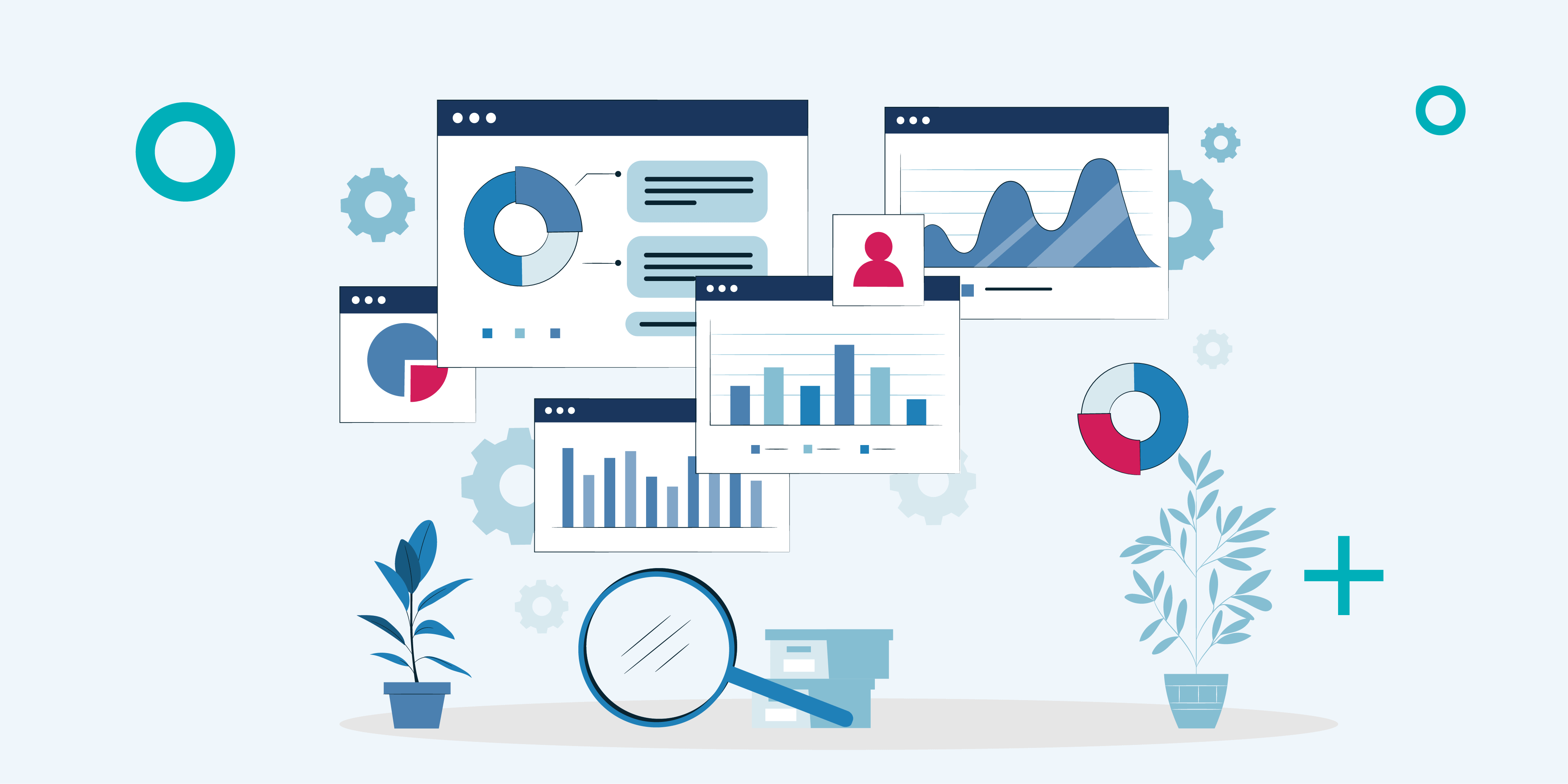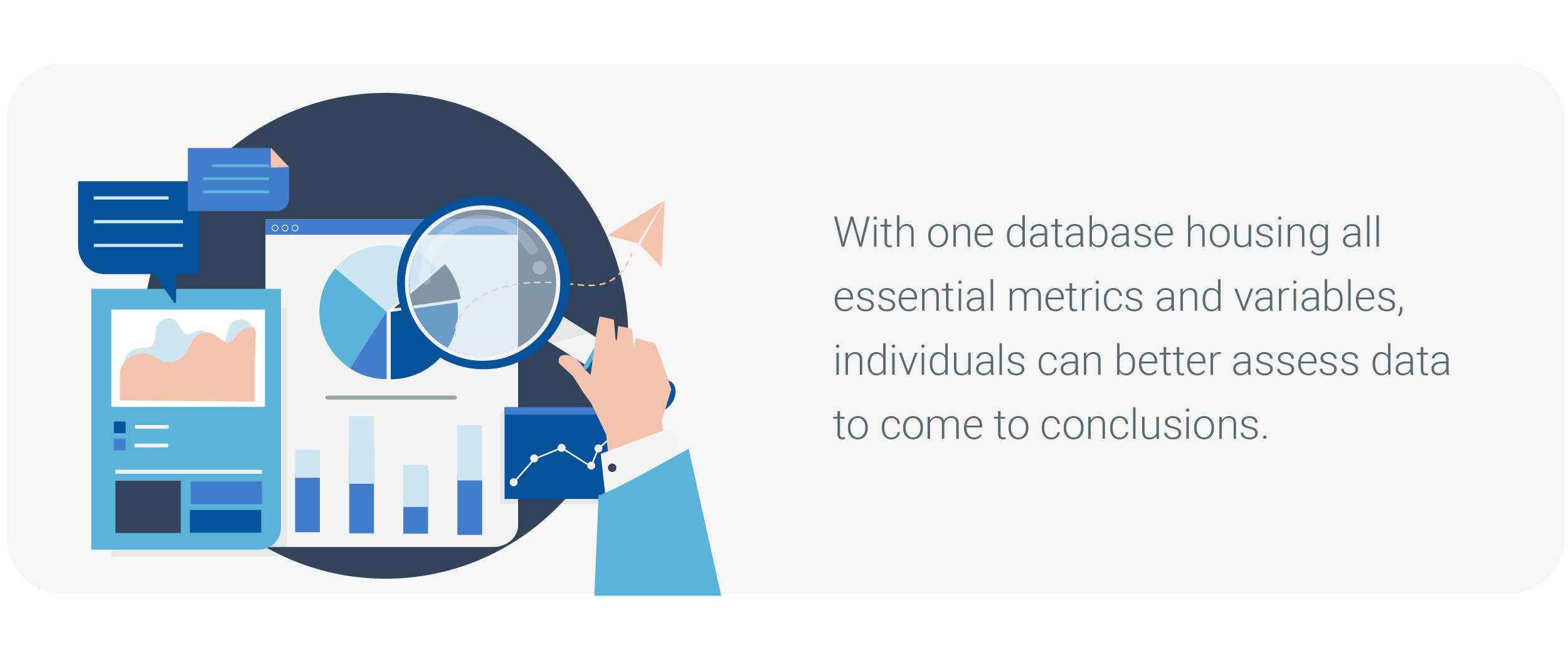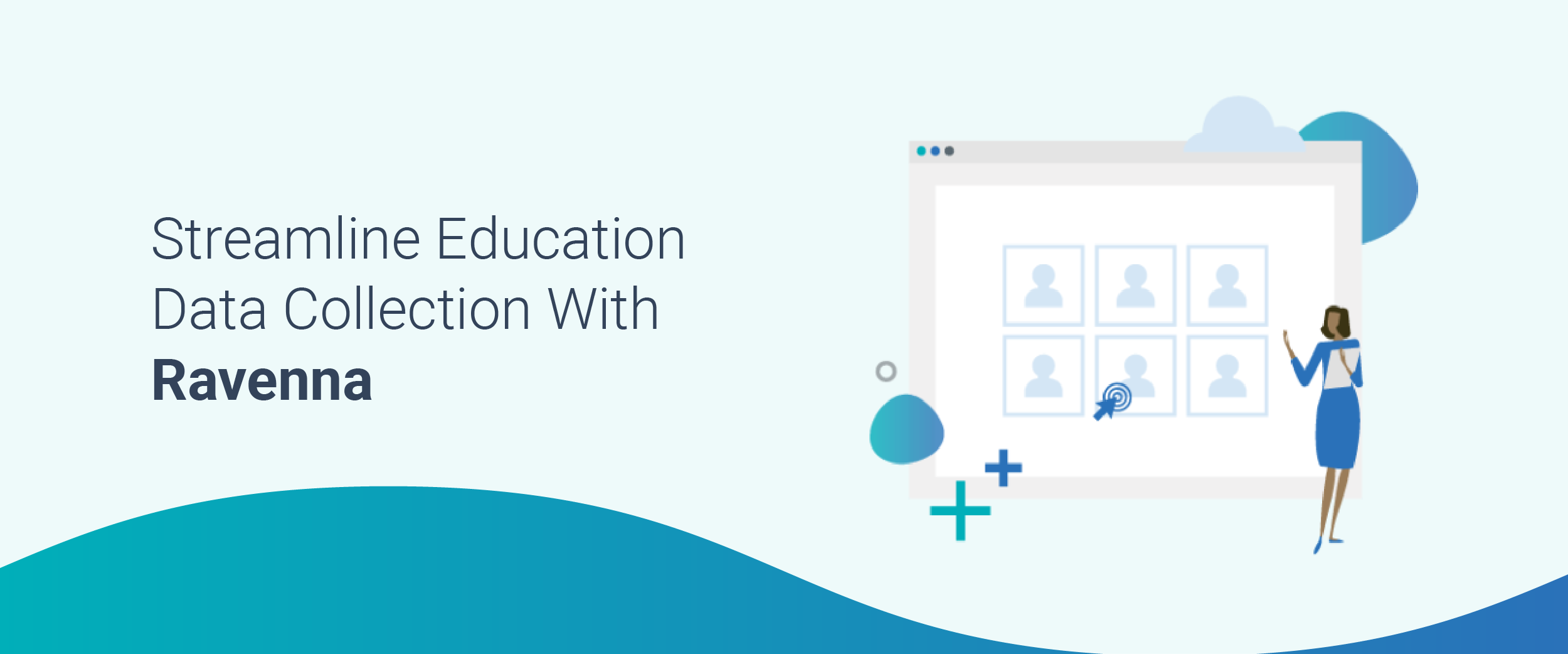In This Article
What Kinds of Data Are Available to Educators?
When looking into how to use education data, you should be aware of the data available for schools. Understanding the available data can help administrators and staff better collect and manage data for improved results. Some types of educational data include:
- Grades: You can measure and understand student and teacher performance through grades. Many teachers use quizzes and homework to gauge comprehension throughout the year, allowing them to adjust their approach to support students better. Schools can use this data to determine how to improve learning initiatives.
- Attendance: Teachers take attendance every day to determine which students are present in class, but attendance data can go beyond to look at teacher attendance and how many years students have been with your school. Your administrators can use attendance to learn more about their school community and its behaviors. Historical data can outline patterns, like when students tend to get sick each year.
- Observational data: Teachers and administrators can observe students and instructors to gain more insight into their performances. Individuals are often more than numbers, so observational data can allow schools to add more context to the information they receive from other sources.
- Demographics: This data includes information about your school community’s makeup, including age, gender, race, ethnicity, socioeconomic group and more. You might collect information on students, teachers, faculty and family to understand their behaviors and needs better.
Educational data is rich in types and insights, providing educators and faculty with information they can use to support school goals and initiatives.
Why Is Data Collection Important in Education?
The importance of proper data collection lies in its applications. You can make better decisions when they are supported by accurate and reliable data. Some ways you can apply educational data include the following:
- Driving better decisions and changes: When you want to make changes on campus, your data can back up your choices and build support. Your reports can show a need for your suggested improvement, increasing school board buy-in and faculty support.
- Understanding performance: Your data metrics can highlight how your school meets your standards. You can measure from individual levels, like students, teachers or faculty members, or you can look at your school as a whole for an overview of progress and performance.
- Identifying weak areas and gaps: Data collection and analysis can highlight opportunities you overlook. You can see gaps in data or where you still need to meet your standards. This will help you target better improvement initiatives based on your needs and performance.
- Learning more about your students, staff and families: Your school community has individual needs and behaviors that can be challenging to predict. Your staff, parent and student data can help you better meet their needs.
With various applications for your collected data, you can better understand and improve your school to support your students, families and staff.
How to Organize Collected Data
Data collection and analysis are new to many schools, and tools and software can help. Understanding the best practices for education data collection can help you better select the tools you need.
1. Prioritize Centralized Platforms
When searching for data collection tools and resources, select a solution with a centralized approach. Centralized platforms optimize visibility and accessibility in data management. With one database housing all essential metrics and variables, individuals can better assess data to come to conclusions. These platforms eliminate data siloing, where each department has its own collection of data that’s inaccessible to other teams.
Centralization better supports collaboration and data analysis. When individuals look at the same data, they can come to an agreement regarding performance and patterns. Centralized platforms make it easy to create historical data, so you can look back at results and make predictions for the future.
2. Update Data in Real Time and Automatically
Data collection and analysis rely on accurate and reliable data sets. When you trust your data represents your school and its performance, you can apply improvements and changes with more certainty and impact. Out-of-date information can result in redundant solutions that fail to meet student or faculty needs.
As you search for data collection tools, you should look for options that offer automatic data entry. As you receive new information from sources, your platform will add it to your centralized database and update reports. This feature increases the reliability of your collected data, ensuring that it is accurate and up-to-date and reflects any recent changes.
3. Eliminate Manual Data Entry Processes
Automated data entry and updates also eliminate manual data entry processes from data collection, which can further boost accuracy and reliability. While your faculty and staff are excellent resources, individuals are prone to human error, causing accidental mistakes and omissions in various data. Automated tools will enter data as it is, including phone numbers, emails and individual student grades.
Automated features can also boost school organization and efficiency. With software solutions and automated workflows, you can switch to paperless systems, decreasing clutter in your offices and opening more space for other essential resources.
Paperless systems and automatic data entry also save time by making processes more efficient. Because the software updates and adds information without external commands, your administrators and faculty can spend office hours doing other essential tasks, like meeting with students, teachers and faculty members or planning events. Staff can use data to drive meaningful interactions and optimize time to implement relevant strategies to serve their school better.
4. Invest in a Cloud-Based Solution
In addition to a centralized platform, you should choose one that uses the cloud. This storage option can further optimize data sharing and accessibility, ensuring individuals can view databases and implement changes from various devices and locations.
For example, with a cloud-based solution, teachers can see and analyze student performance while grading at home. If your teachers and administrators attend conferences, they can work with other schools to compare techniques and data to develop more strategies.
Streamline Education Data Collection With Ravenna
With the right data collection tools, your school can optimize improvements across operations and applications. Private schools must manage many functions, which depend on accurate and reliable data. BigSIS is a school information system that tracks and manages your various data in a centralized platform. With various portals and capabilities, BigSIS increases visibility and accessibility for administrators and teachers.
Integrate BigSIS with Ravenna’s customer relationship management (CRM) suite for increased data management and functionality. Ravenna can help your organization streamline various processes, including admissions and enrollment. When paired with BigSIS, your data will transfer automatically from Ravenna to create more comprehensive databases that reflect your most recent admissions and enrollment seasons.
Request a demo today and discover how Ravenna and BigSIS can optimize your education data collection.





